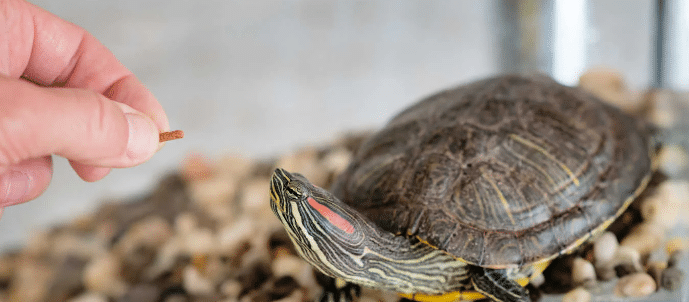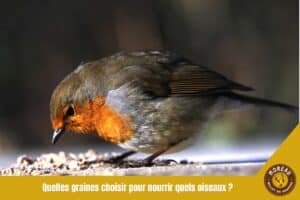Water turtles require a varied and balanced diet to stay healthy. Understanding what they can and can't eat can help ensure their well-being. This article explores all aspects of aquatic turtle nutrition in depth.
Nutritional requirements of water turtles
Protein
Proteins are an essential part of a water turtle'sdiet. They promote growth and development. Live prey such as earthworms, shrimps and fish can be included in their diet. Protein sources should account for around 25% of their diet.
Vegetables and plants
Plants make up a large part of the daily diet of many species of aquatic turtles. Here are some common examples:
- Swiss chard
- Watercress
- Endive
- Alfalfa
- Lamb's lettuce
- Nettle
- Dandelion
- Romaine salad
These vegetables provide essential fiber, vitamins and minerals for your turtle's good health. They also help maintain a proper nutritional balance.
Calcium and minerals
Calcium is crucial to the development of the shell and bones of water turtles. Natural sources of calcium, such as cuttlefish bones or calcium blocks, should be part of their diet. Calcium supplements are also necessary if natural intake is insufficient.
Foods to avoid
Fatty meats and processed products
Fatty meats such as pork and certain processed products contain too much fat and preservatives, which are harmful to turtles. They can cause serious health problems such as obesity and liver disease.
Poisonous vegetables
Certain plants and vegetables are toxic to water turtles. For example, iceberg lettuce provides no nutritional value and should be avoided, as should spinach and rhubarb due to their high levels of oxalic acids, which inhibit calcium absorption.
Meal frequency and portions
Young turtles
Young turtles need more protein to support their growth. Fed daily, they benefit greatly from a diet rich in live insects and small fish, accompanied by small quantities of suitable vegetables.
Adult turtles
As they grow, adult turtles need less protein and more vegetables. A meal every other day including a variety of green vegetables (such as those listed above) provides the necessary nutrients. Alternatively, adding protein sources ensures a diversified diet.
Comparing fresh and commercial foods
Benefits of fresh food
Fresh foods, such as the plant foods listed above, are often preferable to commercial options. They guarantee a natural diet with no additives or preservatives. What's more, growing your own vegetables gives you total control over the quality of the food offered to your tortoise.
Practicality of commercial foods
Commercial foods offer the advantage of convenience and time-saving. Formulated to offer a good nutritional balance, they may be suitable as a dietary supplement, especially when traveling. Nevertheless, it is essential to check the ingredients and avoid those with too many additives.
Sample daily menus
Menu for young turtles
For a young turtle, a typical menu might include:
- Morning: Earthworms or fish parts
- Afternoon: Mixture of chard, dandelion and other plants
Menu for adult turtle
An example of a menu for a mature turtle would be :
- Morning: A few shrimps for protein intake
- Evening: Romaine salad with cooked alfalfa and nettle
Species-specific feeding habits
Trachemys scripta elegans (red-eared slider)
Trachemys scripta elegans requires a mixed diet comprising around 50% animal proteins when young, evolving to a predominantly plant-based diet in adulthood. Favoring plant diversity and integrating judicious protein choices will help maintain its optimal health.
Pseudemys concinna (riparian cooter turtle)
This particularly herbivorous species consumes mainly plants such as watercress and lamb's lettuce, as well as algae. Offering plants as part of its natural habitat will greatly contribute to its happiness and longevity.
Ideal feeding conditions
Feeding environment
Ensuring a clean and safe feeding environment prevents food contamination and reduces stress. Feeding turtles in a separate container keeps their main living space clean and prevents the proliferation of bacteria from food debris.
Tracking and managing leftovers
Removing uneaten food immediately after each meal prevents water pollution and minimizes health risks. Proper filtration and regular maintenance of the feeding tank ensure a healthy and favorable environment for your turtles.





